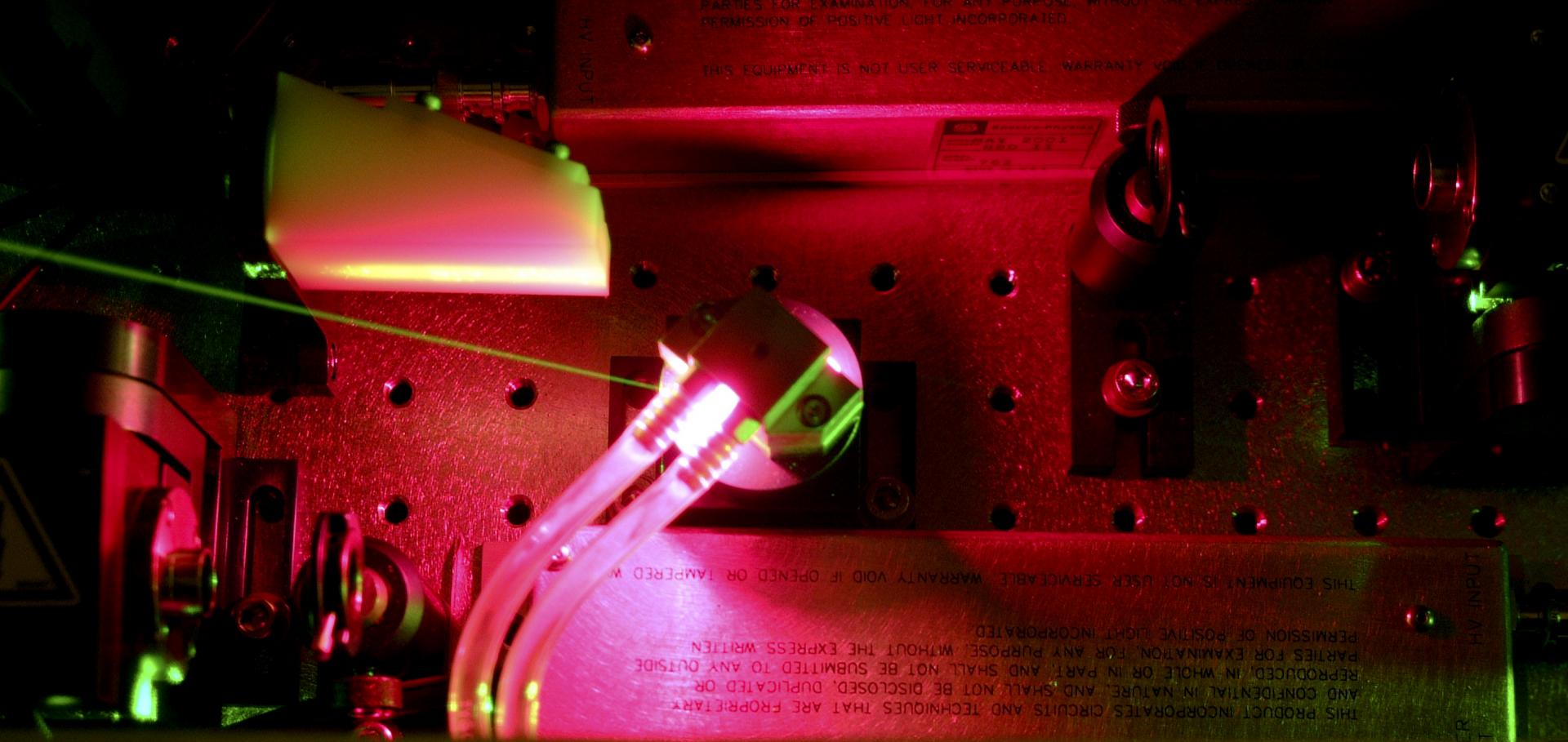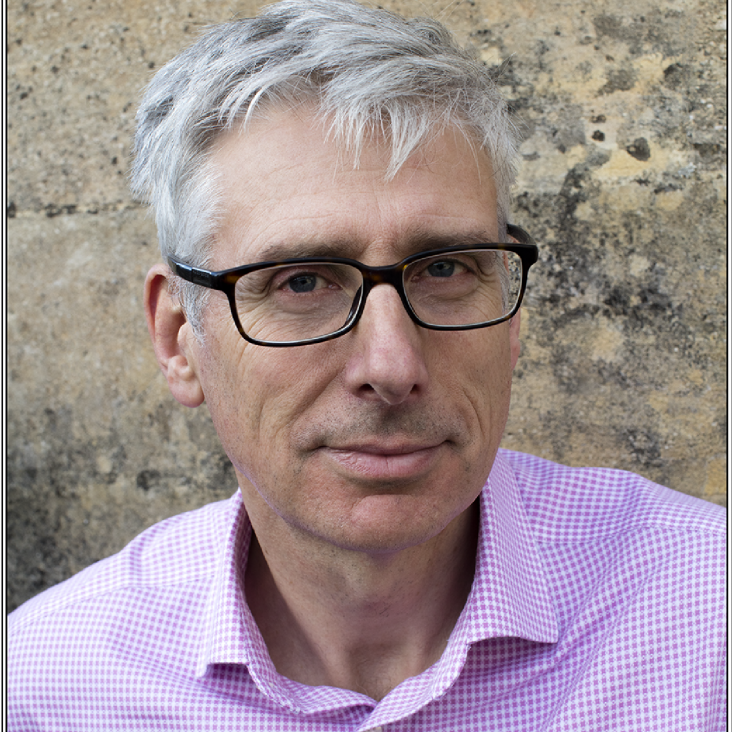Chirped pulse trains for quasi-phase-matching high harmonic generation
Optics InfoBase Conference Papers (2009)
Abstract:
A method for producing non-uniformly spaced (chirped) trains of ultrafast pulses is demonstrated, using an acousto-optic programmable dispersive filter (AOPDF). Programmable pulse trains of this type may find applications in quasi-phase matching of high-harmonic generation. © 2009 Optical Society of America.Laser-driven soft-X-ray undulator source
Nature Physics 5:11 (2009) 826-829
Abstract:
Synchrotrons and free-electron lasers are the most powerful sources of X-ray radiation. They constitute invaluable tools for a broad range of research 1 ; however, their dependence on large-scale radiofrequency electron accelerators means that only a few of these sources exist worldwide. Laser-driven plasma-wave ccelerators 2-10 provide markedly increased accelerating fields and hence offer the potential to shrink the size and cost of these X-ray sources to the niversity-laboratory scale. Here, we demonstrate the generation of soft-X-ray undulator radiation with laser-plasma-accelerated electron beams. The well-collimated beams deliver soft-X-ray pulses with an expected pulse duration of ∼ 10 fs (inferred from plasma-accelerator physics). Our source draws on a 30-cm-long undulator and a 1.5-cm-long accelerator delivering stable electron beams with energies of ∼ 210 MeV. The spectrum of the generated undulator radiation typically consists of a main peak centred at a wavelength of ∼ 18 nm (fundamental), a second peak near ∼ 9 nm (second harmonic) and a high-energy cutoff at ∼ 7 nm. Magnetic quadrupole lenses ensure efficient electron-beam transport and demonstrate an enabling technology for reproducible generation of tunable undulator radiation. The source is scalable to shorter wavelengths by increasing the electron energy. Our results open the prospect of tunable, brilliant, ultrashort-pulsed X-ray sources for small-scale laboratories. © 2009 Macmillan Publishers Limited. All rights reserved.Chirped Pulse Trains for Quasi-Phase-Matching High Harmonic Generation
Optica Publishing Group (2009) nthb3
Comparison of Parallel and Perpendicular Polarized Counterpropagating Light for Quasi-Phase-Matching High Harmonic Generation
ULTRAFAST PHENOMENA XVI 92 (2009) 15-+


